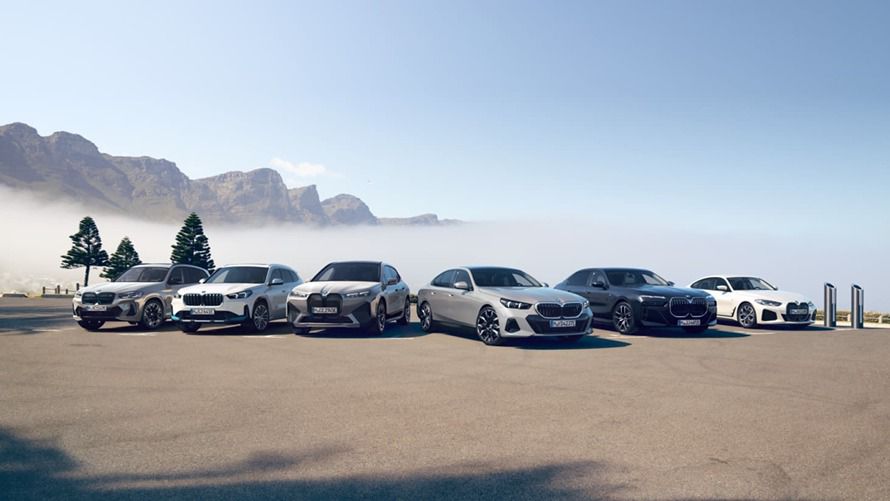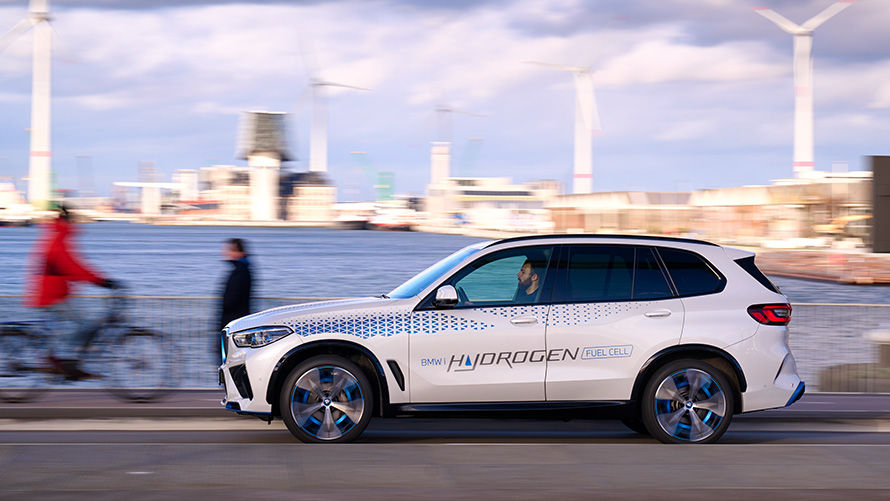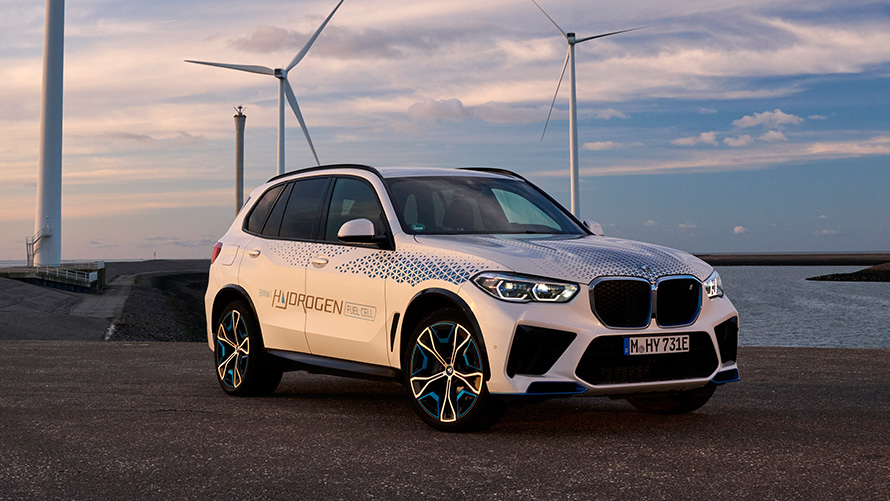Our tool for managing your permission to our use of cookies is temporarily offline. Therefore some functionality is missing.

THE iX5 HYDROGEN
BMW iX5 HYDROGEN.
BMW iX5 Hydrogen:
Hydrogen consumption, combined WLTP in kg/100 km: 1.19
CO2 emissions, combined WLTP in g/km: 0
Electric range, WLTP in km: 504
THE BMW iX5 HYDROGEN: INNOVATION DRIVER WITH HYDROGEN DRIVE.
The BMW iX5 Hydrogen combines the typical BMW dynamics and agility with an innovative, groundbreaking hydrogen drive. Experience an uncompromising, electric driving experience with all the benefits of electricity from hydrogen. Its high range and short refuelling times make the BMW iX5 Hydrogen a pioneer in hydrogen-based, local emission-free mobility.
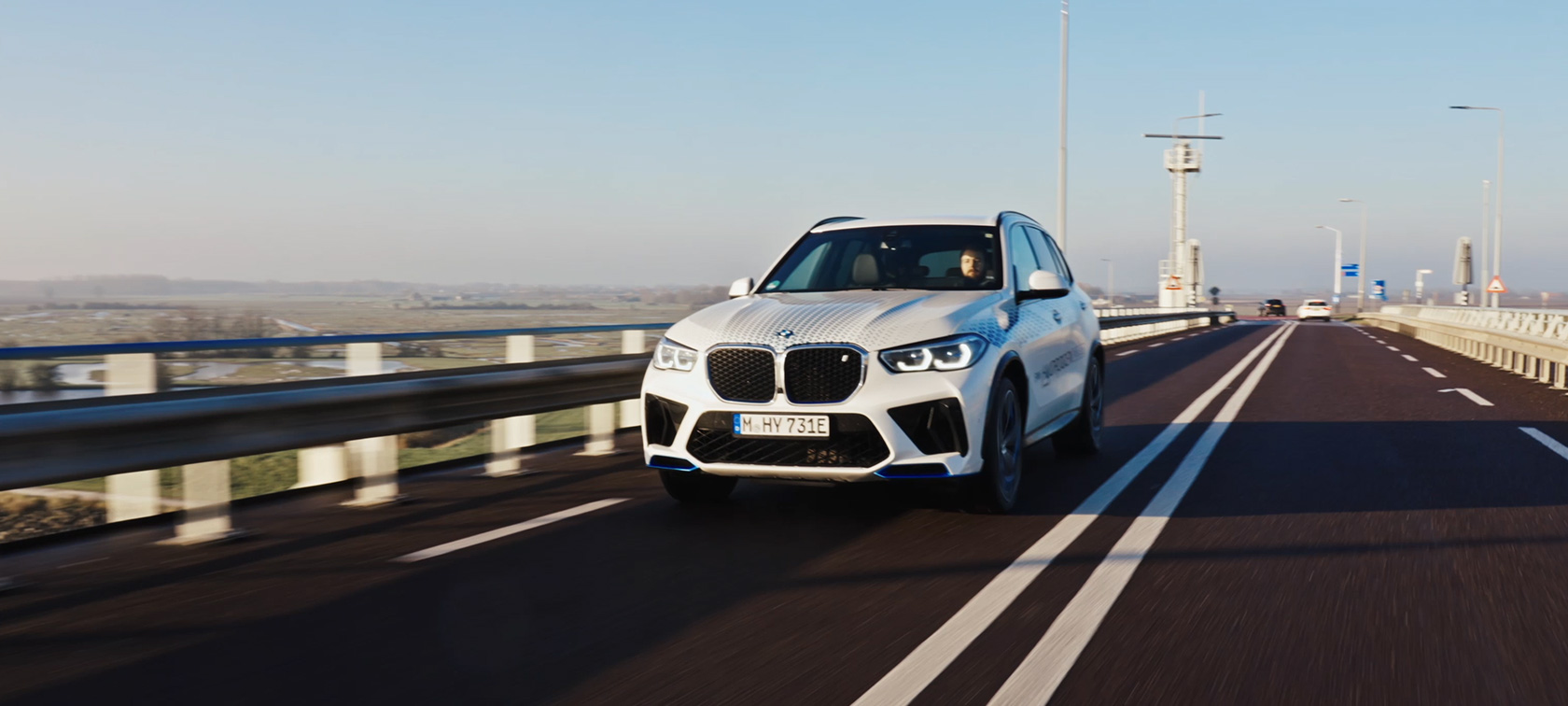
Oliver Zipse – Chairman of the Board of Management of BMW AG‘Hydrogen is the missing piece of the puzzle for emission-free mobility because one single technology will not be sufficient to make climate-neutral mobility possible throughout the world.’
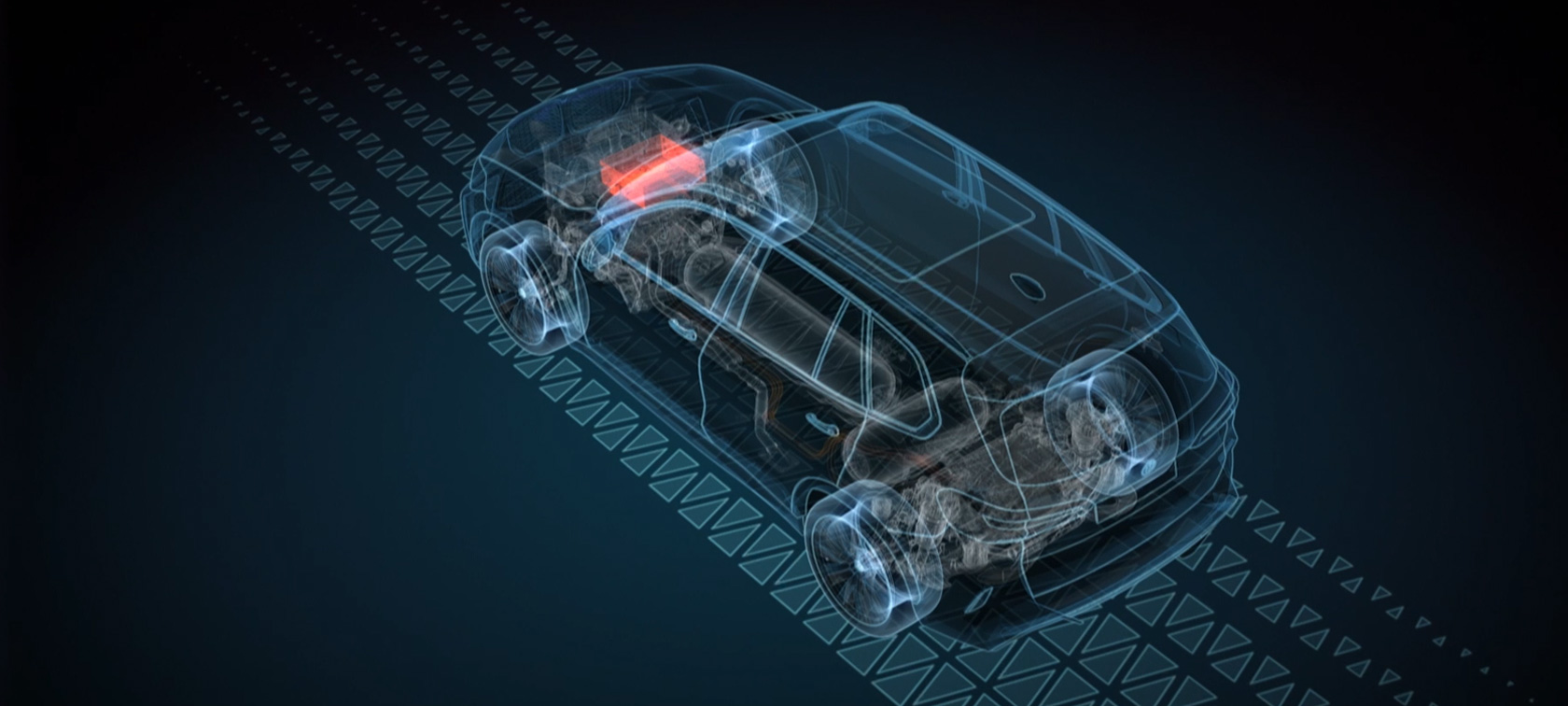
FREQUENTLY ASKED QUESTIONS ON THE NEW BMW iX5 HYDROGEN.
When will I be able to buy a BMW iX5 Hydrogen?
The pilot fleet of the BMW iX5 Hydrogen is not intended for sale. Depending on the market requirements and general conditions, we envisage potentially offering our customers a production vehicle in the second half of this decade. The small series is an important step on the way to making this offer available to customers.
Where is the BMW iX5 Hydrogen being produced?
The BMW Group is producing the highly efficient fuel cell systems in a separate competence centre for hydrogen in Munich. It obtains the individual fuel cells from the Toyota Motor Corporation.
How does a hydrogen drive work?
Just like a battery electric vehicle (BEV), a hydrogen or fuel cell electric vehicle (FCEV) has an electric drive – in fact the identical electric motor. The main difference is the energy storage system: instead of electricity in the battery, gaseous hydrogen is stored in tanks and converted into electrical energy for the drive unit by means of the fuel cell. The main advantage for drivers is that a hydrogen car can be completely refuelled in 3-4 minutes. Therefore it permits the usage behaviour familiar from combustion engine vehicles – with all the benefits of electromobility.
Is the BMW iX5 Hydrogen emission-free?
A hydrogen vehicle is powered electrically. A fuel cell produces electricity from hydrogen for this purpose. The only things that come out of this reaction are electrical energy, heat and water, which emerges as water vapour. A hydrogen vehicle is therefore locally emission-free.
How safe is a hydrogen drive?
Safety has top priority for us. Our vehicle meets all the relevant safety standards. Before even starting any of the road trials, we conducted extensive crash tests and met all the legal requirements both at component and vehicle level. The BMW iX5 Hydrogen complies with the same high safety standards as all of our other vehicles.
Consumption and CO2 emissions.
BMW iX5 Hydrogen:
Hydrogen consumption, combined WLTP in kg/100 km: 1.19
CO2 emissions, combined WLTP in g/km: 0
Electric range, WLTP in km: 504
The values of fuel consumptions, CO2 emissions and energy consumptions shown were determined according to the European Regulation (EC) 715/2007 in the version applicable at the time of type approval. The figures refer to a vehicle with basic configuration in Germany and the range shown considers optional equipment and the different size of wheels and tires available on the selected model.
The CO2 efficiency specifications are determined according to Directive 1999/94/EC and the European Regulation in its current version applicable. The values shown are based on the fuel consumption, CO2 values and energy consumptions according to the NEDC cycle for the classification.
When charging times are shown they can be affected by a number of factors such as type of charger, voltage supplied to the charger/car and type of current (AC or DC) supplied to the charger/car. The car also plays a role in charging times as it can be set by the driver to accept various different amperage and should preconditioning be used to heat or cool the vehicle while charging this will also affect the charging time.
The basis for the calculation of the charging times for 100 km range is the electric consumption of the vehicle based on the use of a high-Powered Charging station (HPC) or charging type and current as indicted in the literature above. The testing procedure measures are based on a 23 degrees Celsius battery start and ambient temperature with certification values excluding additional auxiliary consuming devices and systems within the vehicle such as seat heating, displays, air conditioning.
Individual consumption (fuel economy) may differ due to driving profile, vehicle load profile, auxiliary consumer usage, temperature, and ambient conditions. Consumption is based on WLTP or NEDC (whichever is indicated) best case conditions and is independently tested for BMW Group. If you are comparing this range with other models or brands make sure they are stating the same WLTP or NEDC testing regime. These results can be used to compare vehicles on a close to “like for like” basis but are unlikely to be achieved in real world conditions for reasons including temperature variation, driving conditions and the use of the auxiliary systems referred to above.
Information provided and images displayed on this site include overseas models and may show some features not available in New Zealand. Please contact an authorised BMW dealer for specific information on vehicles and features available in New Zealand. Product changes may have been made since production of this content.
